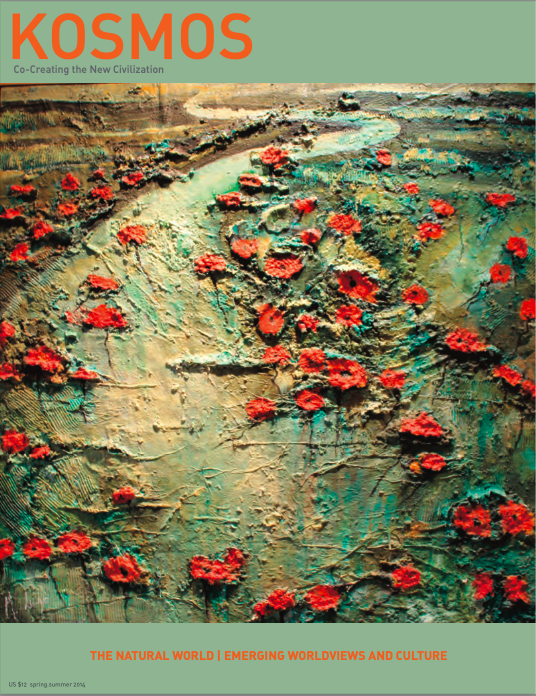By Riane Eisler, January 12, 2009
Compiled and Edited by Maia Zohara and Irene Tsouprake
This proposal is directed to President Obama, his economic advisory team, and Congress. It proposes a full-spectrum job creation plan for the post-industrial era that includes critical investment in high quality human capital through the American Recovery and Reinvestment Plan: an investment in our human infrastructure. It provides data supporting some recommendations in the current plan, urges the plans expansion in both the market and non-market economies, and proposes a cabinet level post or advisory council focusing on human capacity development. It introduces the concept of a new economic agenda that recognizes three important economic sectors: the household economy, the natural economy and the volunteer community economy.
The information in this document shows that investment in human infrastructure is essential for a successful post-industrial economy. A central theme is that the stimulus plan can and should be a bridge to the kind of society we need: one where caring for humans and the planet is the primary economic driver.

